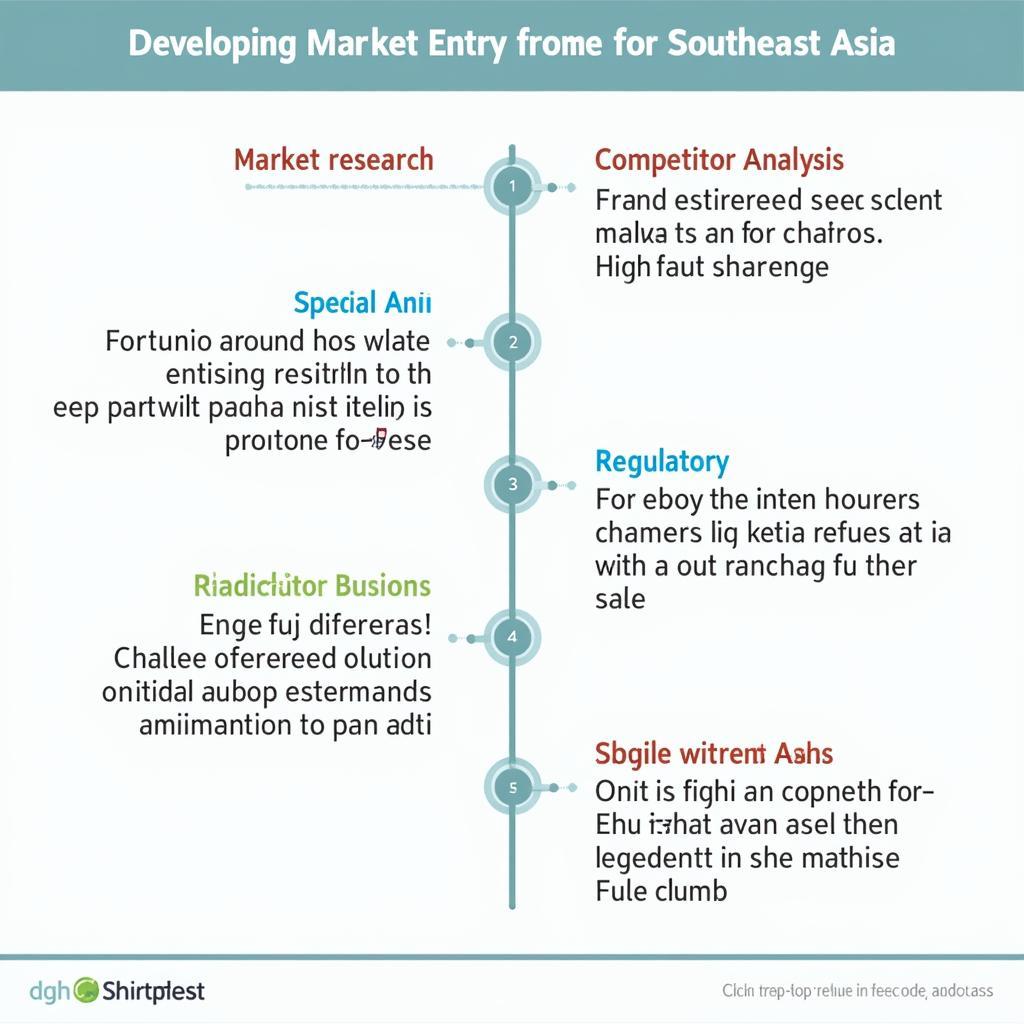The ASEAN Blueprint for Political Security represents a significant step towards regional stability and cooperation. This article delves into the intricacies of this blueprint, examining its key components, objectives, and impact on Southeast Asia. We’ll explore how it addresses critical issues like transnational crime, terrorism, and maritime security, fostering a more secure and integrated ASEAN community. After the initial discussions on its framework, we’ll transition into examining the specific challenges and opportunities presented by the blueprint.
Understanding the ASEAN Blueprint’s Core Principles
The ASEAN Blueprint outlines a strategic framework for enhancing political and security cooperation among member states. It is guided by principles of mutual respect, non-interference, and consensus-based decision-making. These principles are crucial for fostering trust and maintaining harmony within the diverse ASEAN community. The blueprint also emphasizes the importance of preventive diplomacy, conflict resolution, and confidence-building measures to address potential disputes and prevent escalation.
The Blueprint acknowledges the complex web of traditional and non-traditional security challenges facing the region. From tackling transnational crime, such as drug trafficking and cybercrime, to addressing the rise of terrorism and extremism, the blueprint provides a roadmap for collective action. asean ascc council plays a vital role in implementing these initiatives. Furthermore, the blueprint recognizes the significance of maritime security and the need for collaborative efforts to safeguard vital sea lanes and promote peaceful resolution of maritime disputes.
Key Pillars of the ASEAN Political-Security Blueprint
The ASEAN Political-Security Blueprint is built on several key pillars that work in concert to achieve its overarching goals. These pillars address a wide range of security concerns, promoting a comprehensive and integrated approach to regional security.
- Political Development: Strengthening democratic institutions, promoting good governance, and upholding human rights are fundamental elements of the blueprint. These elements contribute to a stable and resilient political environment within each member state, reducing the likelihood of internal conflict and promoting regional stability.
- Security Cooperation: Enhancing cooperation in areas such as counter-terrorism, cybersecurity, and transnational crime is vital for addressing shared security challenges. By working together, ASEAN member states can pool their resources and expertise to effectively combat these threats.
- Conflict Resolution: The blueprint emphasizes peaceful resolution of disputes through dialogue, negotiation, and mediation. This proactive approach aims to prevent conflicts from escalating and to maintain regional peace and stability.
Challenges and Opportunities in Implementing the ASEAN Blueprint
While the ASEAN Blueprint presents a compelling vision for regional security, its implementation faces certain challenges. Diversity among member states, varying levels of economic development, and differing political systems can sometimes create obstacles to achieving consensus and implementing policies effectively.
However, the blueprint also presents numerous opportunities. By strengthening regional cooperation, ASEAN can enhance its collective bargaining power on the global stage and attract greater foreign investment. asean apsc blueprint 2025 sets ambitious goals for achieving a more integrated and resilient community.
What are the long-term implications of the ASEAN Political Blueprint?
The long-term implications of the ASEAN Political Blueprint are significant for the region. By fostering a culture of dialogue and cooperation, the blueprint lays the foundation for a more peaceful and prosperous Southeast Asia. 31st association of southeast asian nations asean summit witnessed further discussions on solidifying these objectives. It can also contribute to greater economic integration, as enhanced security fosters investor confidence and facilitates cross-border trade.
Conclusion
The ASEAN Blueprint for Political Security represents a crucial step towards realizing a more secure and integrated ASEAN community. By addressing key security challenges and promoting collaborative efforts, the blueprint lays the groundwork for a more stable and prosperous future for the region. The successful implementation of the Asean Blueprint Political security framework is essential for fostering a more resilient and prosperous Southeast Asia. asean blueprint adopted marks a milestone in regional cooperation and sets the stage for a future of shared security and prosperity.
FAQ
- What is the main objective of the ASEAN Political-Security Community Blueprint?
- How does the blueprint address non-traditional security threats?
- What are the key pillars of the ASEAN Political-Security Blueprint?
- What challenges does the implementation of the blueprint face?
- How can the blueprint contribute to greater economic integration in ASEAN?
- What are some specific examples of cooperation under the blueprint?
- How does the blueprint contribute to ASEAN’s role on the global stage?
Common Scenarios and Related Questions
- How does the ASEAN blueprint political framework address maritime disputes?
- What are the mechanisms for conflict resolution outlined in the blueprint?
- How does the blueprint address the issue of cybersecurity?
Further Reading and Resources
Call to Action
For further assistance, please contact us:
Phone: 0369020373
Email: [email protected]
Address: Thon Ngoc Lien, Hiep Hoa, Bac Giang, Vietnam.
We have a 24/7 customer support team.

